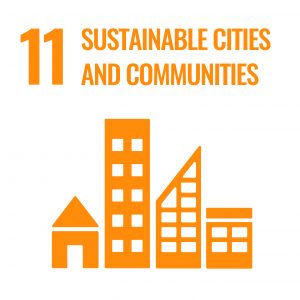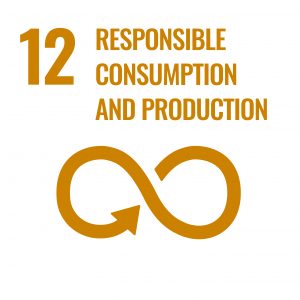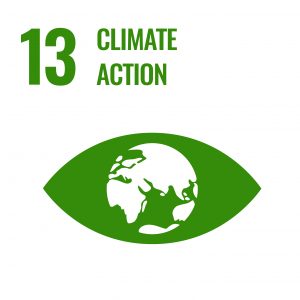Fashion is one of the planet’s most wasteful industries both in terms of materials and resources. Some eco-conscious clothing brands are going the extra mile with their commitment to sustainability by finding innovative ways to reduce waste.
The long-term vision is one of a fully circular approach to design, a closed-loop where materials keep circulating in the system for as long as possible; eliminating any clothing being thrown “away”, as well as the production of new materials. This vision is quite far away, but many brands are innovating right now, helping to reduce waste by reusing fabrics, offering repair and take-back programs for old garments and designing items to be long-lasting or recycled. These combined methods aim to tackle the fashion industry’s waste problem and reduce the harmful impacts of making new materials.
We’ve highlighted a few ways brands we love are approaching different elements of circularity through their production, so you can join the revolution!
1. Making Materials Matter
Some more sustainable materials have a lower carbon footprint and create less waste in terms of resources used in production and manufacturing. Brands that work with recycled materials – like recycled PET for example – really minimise the use of water and energy because they’re not producing new materials at all.
2. Upcycling and Recycling
Clothing produced with a circular ethos and recycled clothing challenge the established methods of fast fashion brands by using less water, fewer chemicals and carbon emissions and avoiding generating more waste heading to landfill. The main difference between upcycled and recycled clothing is that recycled garments are broken down to be reused, whereas upcycled clothing often involves whole pieces of existing garments that have been reworked into something new.
3. Connecting to the Source
Transparency around where materials come from and the processes that make them into products are pillars of the sustainable and ethical consumer movement. Minerals and precious metals used in the production of popular consumer items from electronic devices to jewellery often come from unsustainable mining practices. Pond, a London-based jewellery company, uses recycled gold and salvaged vintage beads to keep minerals in the ground and combat the waste of finite resources. Their respect for precious objects and their personal histories mean that each item tells a unique story.
4. No Waste To Landfill
Full Circle is an Amsterdam-based zero-waste clothing brand that aims to do just what its name suggests with its approach to a circular economy. Its T-shirts are made of 50% organic cotton and 50% recycled cotton to balance out the new with the old, keeping garments out of landfill by bringing natural resources back into the production loop. Once your T-shirt is worn down you can return it to the company where they break it down to be remade into a brand new one and you even get a 25% discount off your next purchase to try your turn at fashion recycling!

5. Eco Packaging On Point
Everything about an eco-friendly fashion brand’s supply chain must be considered, from the materials used in production to consumption and packaging. Rotterdam-based ethical bag brand NONA embraces reusable materials in their timeless designs and personally packs and ships all their items in eco-friendly paper so you can rest assured your purchases arrive plastic-free.
Key Takeaway
Eco-conscious clothing brands must reduce waste in many areas of their production cycle to prove their commitment to sustainability and circularity in fashion. Look out for brands with an eye on the bigger picture when it comes to the earth’s resources, and all the details when it comes to improving their impact.
About the author:
PARO STORE helps people discover emerging designers driving the fashion industry towards sustainability. The clothing industry is one of the most damaging for the planet, and PARO STORE doesn’t want to stand by, they want to take action. They stock independent brands that design and produce clothing that’s better for people and the planet. With an ethos of good design that’s good for the world.
Photography by Teona Smith




